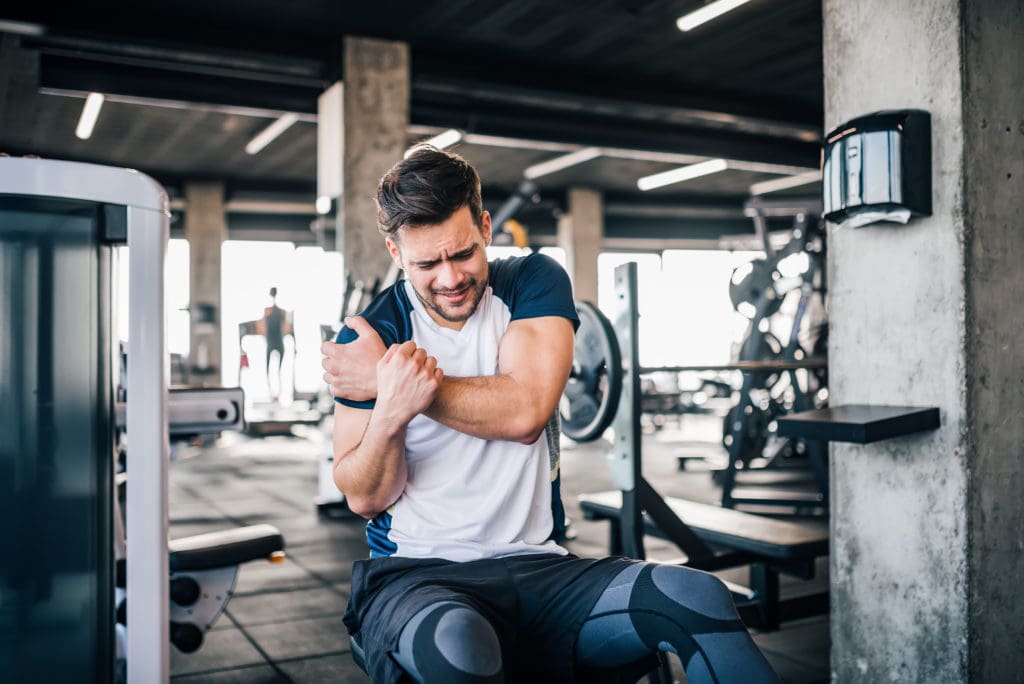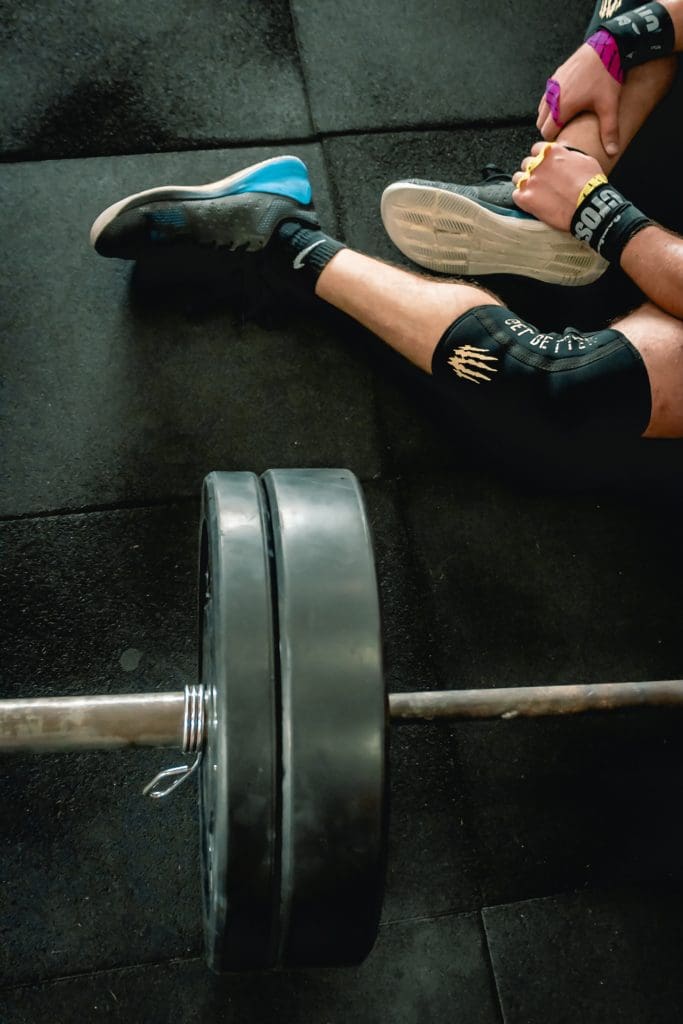PT Pro Tips: The 7 Mistakes You’re Making at the Gym That Could Lead to Injury


We all know that working out is good for our health, but just as important to when you get active and what your activity consists of is how you work out. Exercising with the correct technique, posture and level of intensity is crucial to avoiding injuries and maximizing the benefits of your workouts.
As physical therapists, we treat all sorts of aches, pains and injuries, which means we see a lot of adults dealing with issues that might be limiting their activities or sidelining them completely. While our day-to-day consists of getting people back to what they love doing, we’re also passionate about preventing individuals from getting injured in the first place.
We asked PTSMC Physical Therapists: what are the most common mistakes they see people make at the gym that lands them at physical therapy? Whether you’re a newbie or a gym rat, you need to read these tips to keep yourself safe while exercising.
1. Exercising without Proper Warmup
Warming up before exercising is vital, especially if you’re coming from outside or exercising in the cold. It’s tempting to skip the warmup and save time, but increasing speed or intensity before your body is warm can lead to injury. Why does warming up matter? According to Melissa Boutagy, Physical Therapist at PTSMC Guilford, “Warming up before your work out increases heart rate and circulation, loosens the joint, and increases blood flow to the muscles. It decreases your risk of injury by keeping the muscles warm and loose, preventing acute and overuse injuries.”
2. Increasing Intensity Too Much
Whether it be mileage, speed or weight, dramatically increasing intensity can be a surefire road to pain. You shouldn’t increase multiple factors from one workout to the next, or increase one factor by more than 20%. Just because 30-minutes felt good, doesn’t mean you should jump right into 60-minutes the next session! Same thing goes for weights: if you squat 100 pounds and it felt good, don’t go for 200 if you’ve never done above 100!
3. Working Out If Your Body Isn’t Feeling Great
Listen to your body. If you’re feeling under the weather or didn’t get enough sleep, your body is not going to function the same, and your mind-body connection, which helps with attention and coordination, may also be off. Pat Kinsella, Physical Therapist at PTSMC Guilford, recommends taking it easy. “If you feel well enough to exercise, but not 100%, do something that’s not overly strenuous, like walking or yoga. It’s not safe to try and get a personal record when you’re not feeling your best.” However, make sure that you are actually not feeling well before skipping a workout. If you just don’t feel motivated, that’s no excuse! Remember, any activity is better than no activity.
4. Not Getting Active Outside of Work
Even if you have an active job where you’re on your feet, chances are you’re missing smaller muscle groups and lacking moderate-to-high intensity aerobic activity, which is the best way to increase your heart health, according to the American Heart Association. Move in ways your body usually doesn’t to optimize your workout, balance muscles and make physical activity about self-care, not work.
5. Wearing Improper Footwear or Old Shoes


We all need support every now and then! Wearing old or improper shoes means you’re not getting the support your feet, legs and back need. Different shoes work best for different activities, but we recommend shoes that absorb the impact of your step and cushion your feet from heavy landings for most workouts. If you’re doing movements like squats and deadlifts, you should wear shoes with a flat sole and avoid running shoes. You want as stable a shoe as possible for weightlifting. Remember: shoes have mileage and use limitations. Don’t wear old, worn shoes to the gym; wear comfortable supportive shoes that work best for your foot type. Check in with your local running or sports store to see if they have weight assessments that can tell you which shoe-type is right for your body.
6. Working Out Too Soon After Injury
If you’re recovering from an injury, you need to take it slow and gradually resume activity. “Just because the pain is gone, doesn’t meant the injury is fully healed,” cautions Zack Currie, Physical Therapist at PTSMC Guilford. “Jumping right back into your full level of activity can re-aggravate pain and re-injure something that may well have been just a few days away from fully healing.” Pro-tip: the best way to know if you’re ready for physical activity is to consult a physical therapist.
7. Not Getting an Injury Treated Right Away
A common mistake people make when they have a minor weakness or pain is to avoid working out the area altogether. Combined with not getting treatment, this often makes minor issues get worse over time and further weakens the area, making it at risk for further—often worse—injury. According to Tom Kassan, Partner & Director at PTSMC West Hartford, “These imbalances can also have ripple effects throughout the body, causing unforeseen pain and injury due to overcorrection and other issues.” By seeing a physical therapist immediately after an injury, you can address the problem immediately, start feeling better sooner and have guidance on when and how to return to activity.
